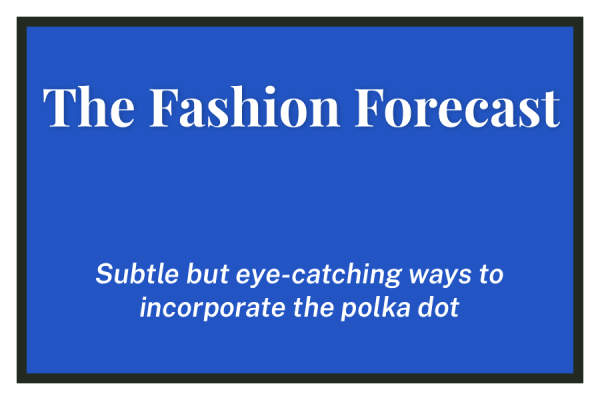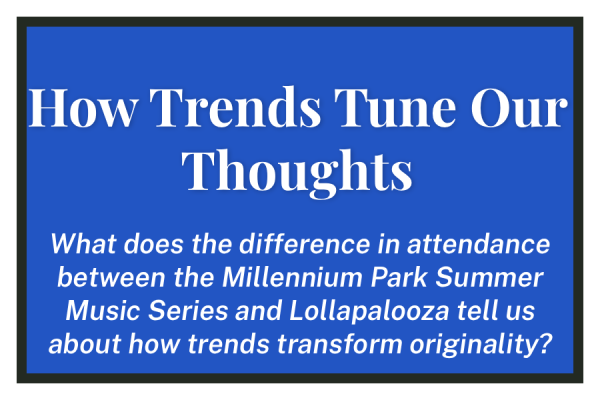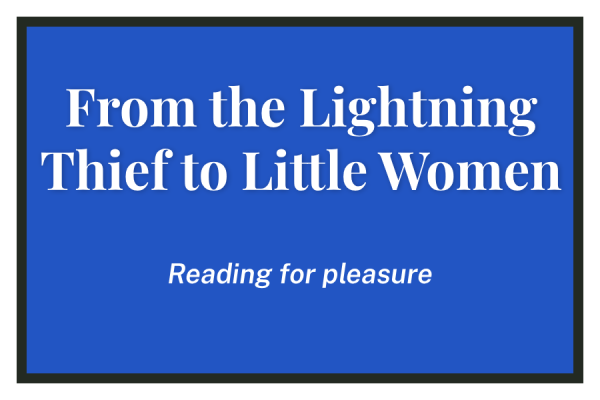Head to Head: On the Future of Entertainment
Popcorn and Boxed Candy Isn’t Going Anywhere
Editor’s Note: This piece is one-half of a head-to-head. The sister-article which argues in opposition can be found here.
My interviewer stirred her Starbuck latte as I sat with my hands twiddling in my lap. “What do you do in your free time?” she said.
I felt like scoffing at her question. “As if I have any free time…” I thought. The time to be snippy, however, was not at a college interview for a school you’d love to attend. Instead, I told her how much I loved going to the movie theater, about how I wanted to see all best picture nominations before the Oscars. I have only two more to go.
According to National CineMedia, I’m not that special. Millenials are 50% more likely to claim movies as a passion than other generations previous, to buy tickets ahead of time, and 90% more likely to arrive early. Say what you will, but the previews are almost as exciting as the movie itself.
I’d be naive to say that streaming services like Netflix, Amazon, and Hulu aren’t having a huge impact on Hollywood. Netflix is practically inescapable—satisfying the TV appetite of people all over the world, and it’s beginning to make its way to movies. But not quite yet.
Amazon and Netflix often produce lower budget indie movies that occasionally make it to the Oscars, such as “Manchester by the Sea,” “Mudbound,” and this year’s best picture nomination “Roma.” “Roma,” however, was still shown at select theaters.
They aren’t producing $200 million dollar budget films. Those films are often too expensive and still deserve an immersive cinematic experience, one you can not get from the comfort of your couch and overheated laptop.
That is not to say, of course, that the movie-going industry has not had to adapt to the changes brought by streaming content. Millennials, in particular, no longer want to be passive viewers. Instead of sitting in a row with ten strangers with popcorn and soda at their side, people want to feel a part of the movie. Even more importantly, people are craving an elevated, more luxury cinematic experience.
Theater companies have added accommodations that movie viewers can choose from, such as reclining seats, dine-in service, and alcohol. Some theaters provide courses tailored to the movie one is watching. It doesn’t end there. A few cinema companies, Cinema Secrets, for example, take the cinema experience one step further by providing customers with opportunities to see a horror movie in an abandoned warehouse or a rom-com from within a bubbly hot tub. The product is no longer the film itself, but the experience you get from watching the film. As hard as they may try, Amazon, Netflix, and Hulu can’t provide that.
I don’t see myself explaining to my children about a time when consuming content existed outside the walls of their home. As virtual reality becomes more advanced, I’m confident that cinema will become more interactive. Imagine how fun it would be to dance to ABBA with Meryl Streep or how thrilling it would be to help defeat Voldemort alongside Harry Potter. You heard it here first, the film industry is destined to intertwine with virtual reality.
It could take a long time until we get there. In the meantime, I’m happy to take a bite alongside Queen Anne of a glorious meal created by her 18th-century royal chefs.












